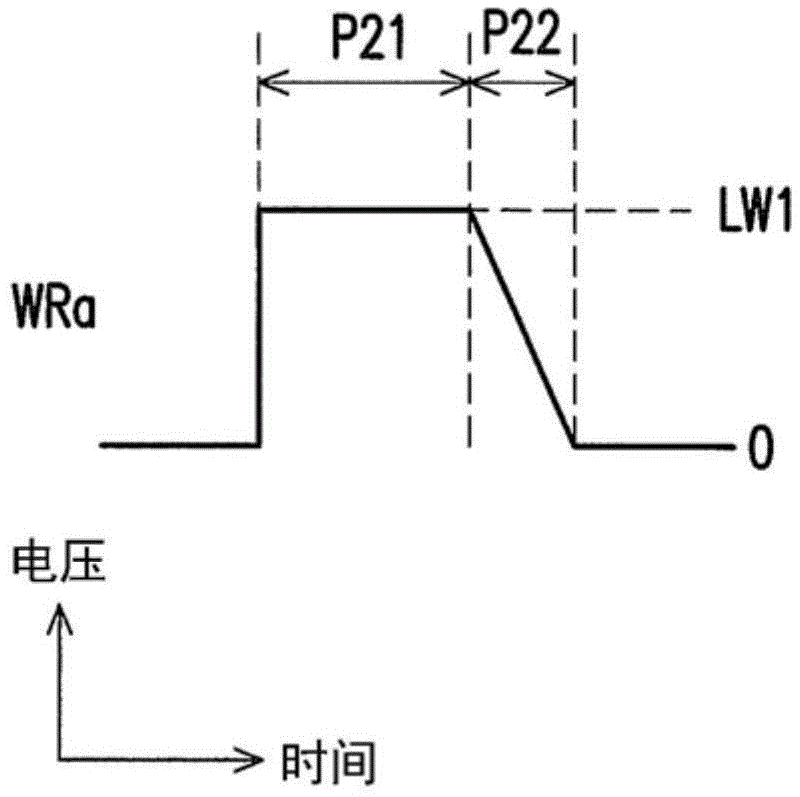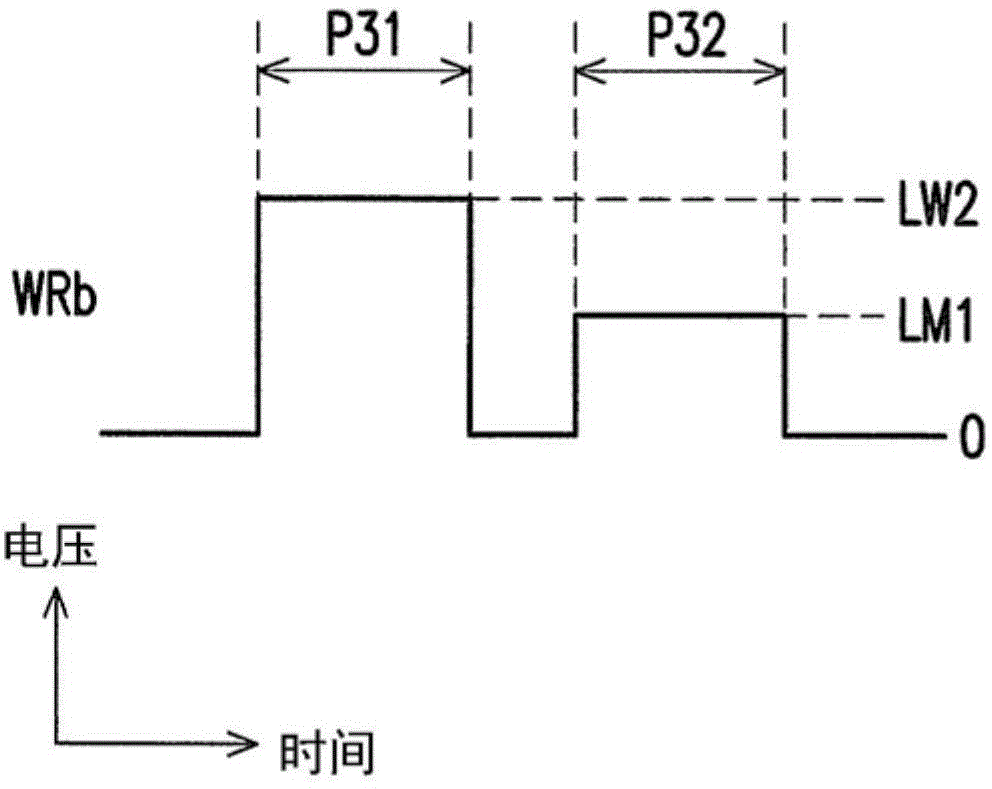Resistive random access memory cell working method
A resistive random and storage unit technology, applied in the direction of information storage, static memory, digital memory information, etc., can solve the problem of affecting bit writing, achieve the effect of reducing the impact and prolonging the moving time
- Summary
- Abstract
- Description
- Claims
- Application Information
AI Technical Summary
Problems solved by technology
Method used
Image
Examples
Embodiment Construction
[0034] figure 1 It is a schematic circuit diagram of a resistive random access memory unit according to an embodiment of the present invention. Please refer to figure 1 , in this embodiment, the resistive random access memory unit 100 includes, for example, a variable impedance element VRE and a transistor M1 (ie, a switching element), wherein the variable impedance element VRE can be a voltage-controlled switching element or a current-controlled switching element. The variable impedance element VRE is coupled between the drain voltage VD and the drain of the transistor M1, that is, the variable impedance element VRE is connected in series with the transistor M1, the gate of the transistor receives a gate control voltage VG, and the source of the transistor Receive a ground voltage GND. Moreover, the variable impedance element VRE has a first electrode E1, a switching medium (switching medium) SM1 and a second electrode E2, wherein the material of the first electrode E1 is, ...
PUM
 Login to View More
Login to View More Abstract
Description
Claims
Application Information
 Login to View More
Login to View More - R&D
- Intellectual Property
- Life Sciences
- Materials
- Tech Scout
- Unparalleled Data Quality
- Higher Quality Content
- 60% Fewer Hallucinations
Browse by: Latest US Patents, China's latest patents, Technical Efficacy Thesaurus, Application Domain, Technology Topic, Popular Technical Reports.
© 2025 PatSnap. All rights reserved.Legal|Privacy policy|Modern Slavery Act Transparency Statement|Sitemap|About US| Contact US: help@patsnap.com



